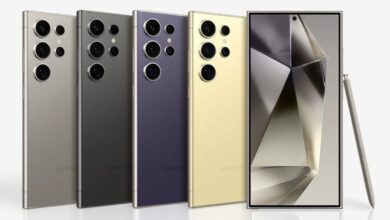Looking Glass takes 3D holograms to the next level with new spatial displays
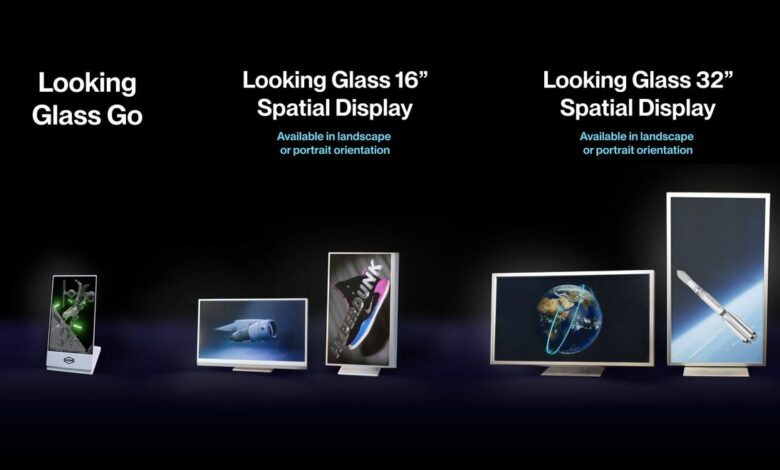
Looking Glass, a hologram company founded in 2014, has released a line of 3D holography devices that aim to push the boundaries of viewing and interacting with 3D content.
The Looking Glass Go and the larger Looking Glass 16-inch and 32-inch Spatial Displays enable real-time 3D visualization of apps, videos and digital images from multiple angles. This means workers no longer have to gather in one physical location to view an app or video or make relevant changes.
The Looking Glass Go retails for $299, but will ship starting in August 2024. The 16-inch Spatial Display costs $4,000, and pricing for the 32-inch model is available upon request.
Visualize 3D creations
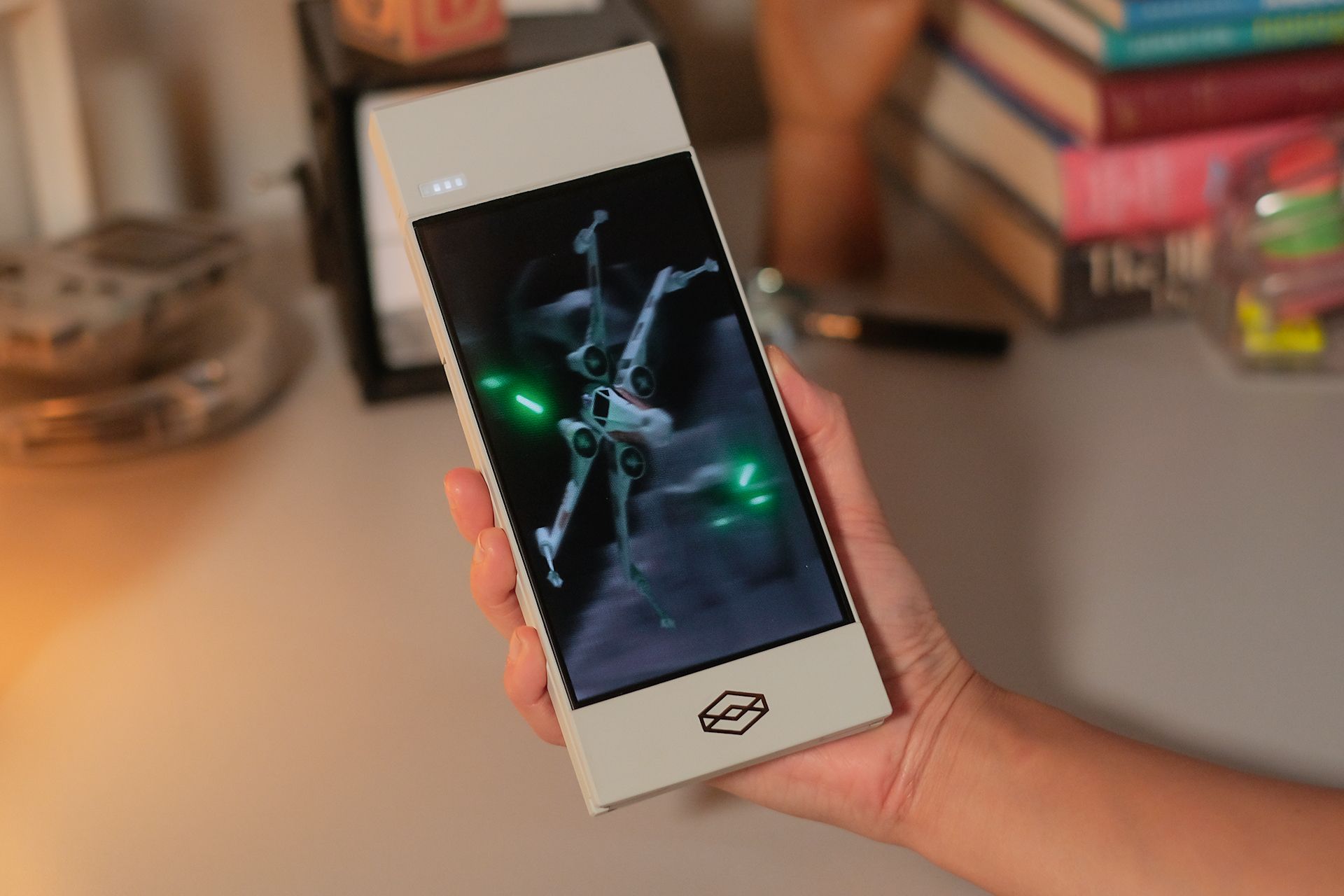
At nearly 10 times thinner than previous models and with twice the pixel density, the Looking Glass Go makes images sharper and more vibrant. It’s also a powerful tool for people working with 3D modeling, holographic art, and even generative AI.
The wearable holographic display can convert 2D images into 3D holograms without requiring any technical knowledge or 3D modeling skills. The display is 6 inches in size and has a high pixel density of 1440 x 2560 (491 ppi) for lifelike and vivid holograms.
The Go supports Wi-Fi connectivity to easily share spatial content and receive holograms from the cloud. It also has built-in buttons for controlling slideshows, a 3.5mm audio jack with a foldable base and weighs 235g.
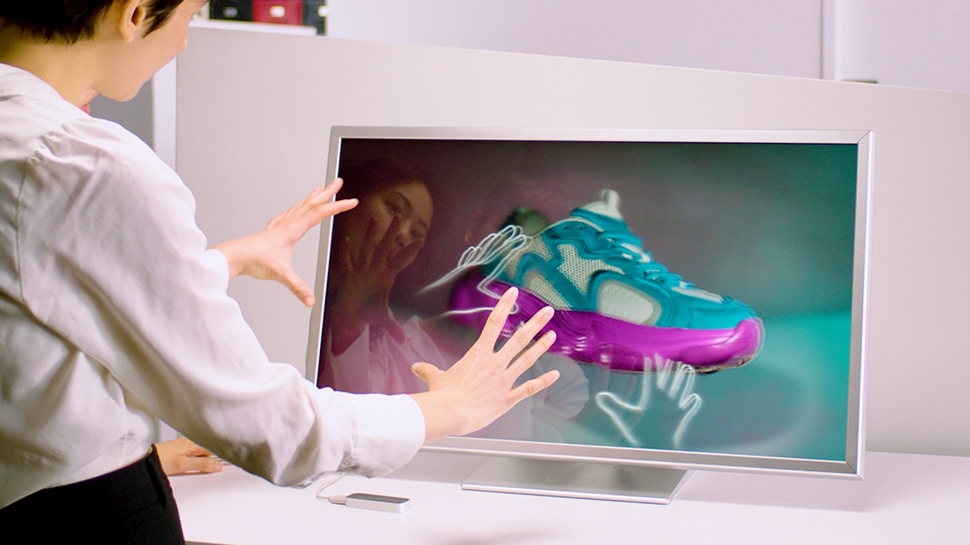
The Spatial Displays, in both 16-inch and 32-inch configurations, offer a 3D multiview experience that allows groups to view 3D images from multiple angles, making them especially useful in collaborative work environments. For projects with experts in multiple locations, the device can be used to visualize a project in 3D simultaneously with independent control over the viewing angle.
Both the 16-inch and 32-inch Looking Glass displays are compatible with popular 3D creation tools such as Unity, Unreal, Blender, and WebXR. The devices can convert FBX, OBJ, GLTF, STL, PLY, or 3MF models into holograms.
With support for touchless gesture control and other interactive technologies, the immersive experience goes beyond just viewing, allowing you to interact with 3D content in a natural and intuitive way.
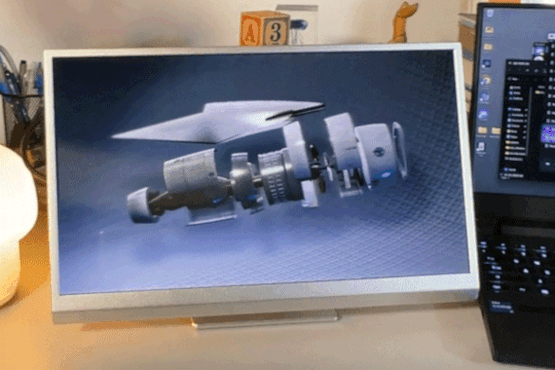
“Our goal has always been to put holograms in the hands of everyone,” said Looking Glass co-founder and CEO Shawn Frayne. “Over the years, we’ve gotten closer to that goal… and today, we’re taking an even bigger step by bringing the power of headset-free holograms to individuals and enterprises with all formats of Looking Glass spatial display.”




